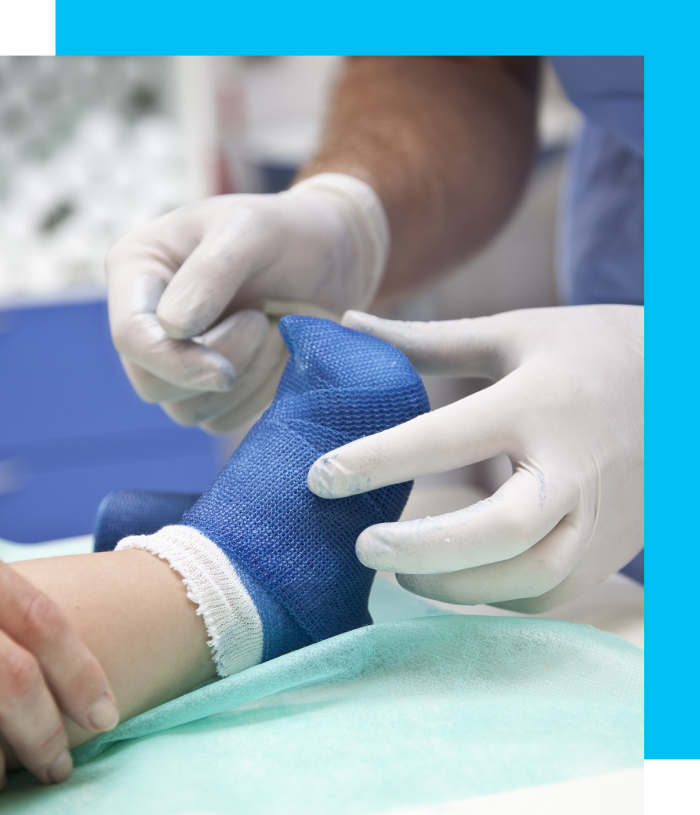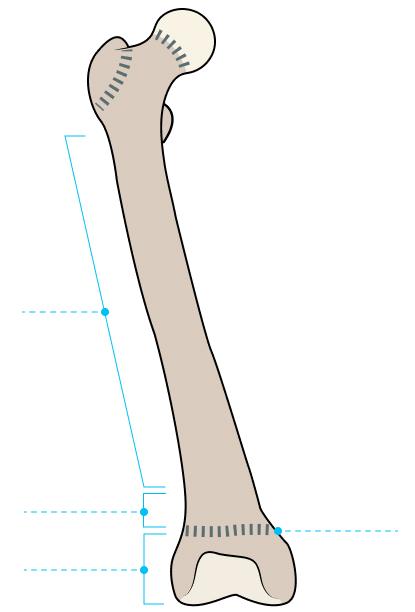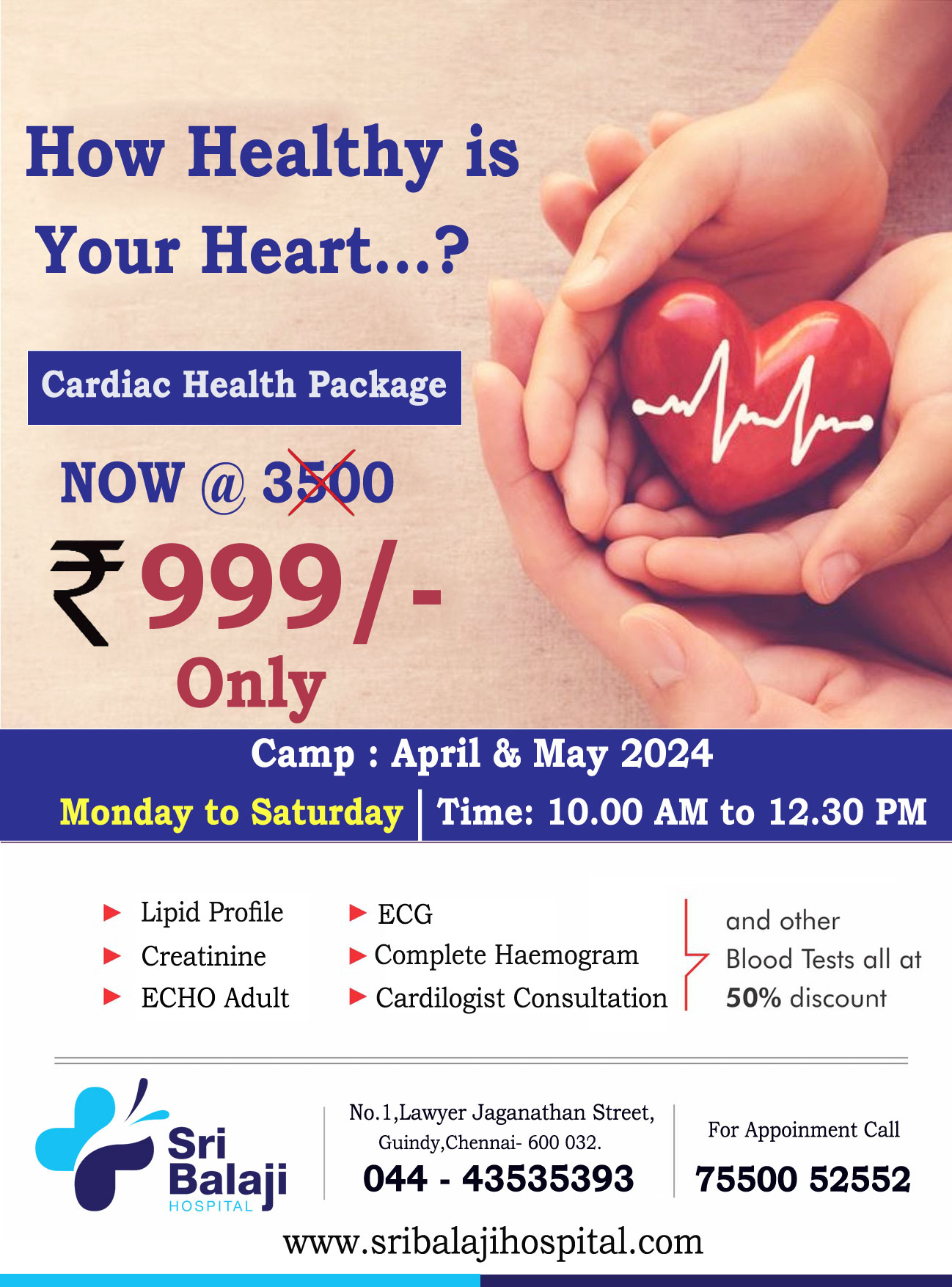These types of fractures are unique to children (Not seen in adults). This type of fracture typically arises from the microscopic weakening of bone strength, leading to a fracture that is often difficult to detect through X-ray imaging.
- Preferred treatment option: Simple immobilization.
- Estimated healing time: 10 to 14 days.
These are referred to as "compression fractures," a type of stable fracture.
- Preferred treatment option: Simple immobilisation.
- Estimated healing time: 3 to 4 weeks.
These fractures occur due to the bending of the impacted bone, leading to a break at the convex surface of the bone during the bending impact.
- Preferred treatment option: POP cast application with moulding of the fracture site if displacement or deformity is visible on a simple X-ray.
- Estimated healing time: 4 to 8 weeks.
These injuries involve a complete break of the bone from one wall to the other, resulting in a crack or break that extends across the entire width of the bone.
- Treatment options: POP cast application/ usage of wires for unstable fractures.
- Estimated healing time: 4 to 6 weeks.
These fractures entail both the breakage of the bone and the growth plate.
- Treatment options: Open or closed reduction of the fracture under anaesthesia with/ without the use of external wires (Kirschner wire), internal wires (TENS nail) or plate & screw fixation.
- Estimated healing time: 4 to 8 weeks.


